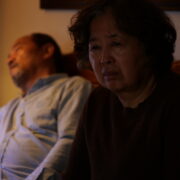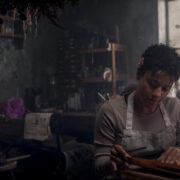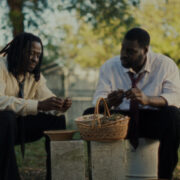LAST CHANCE U Season 5: Football is the Cherry on Top
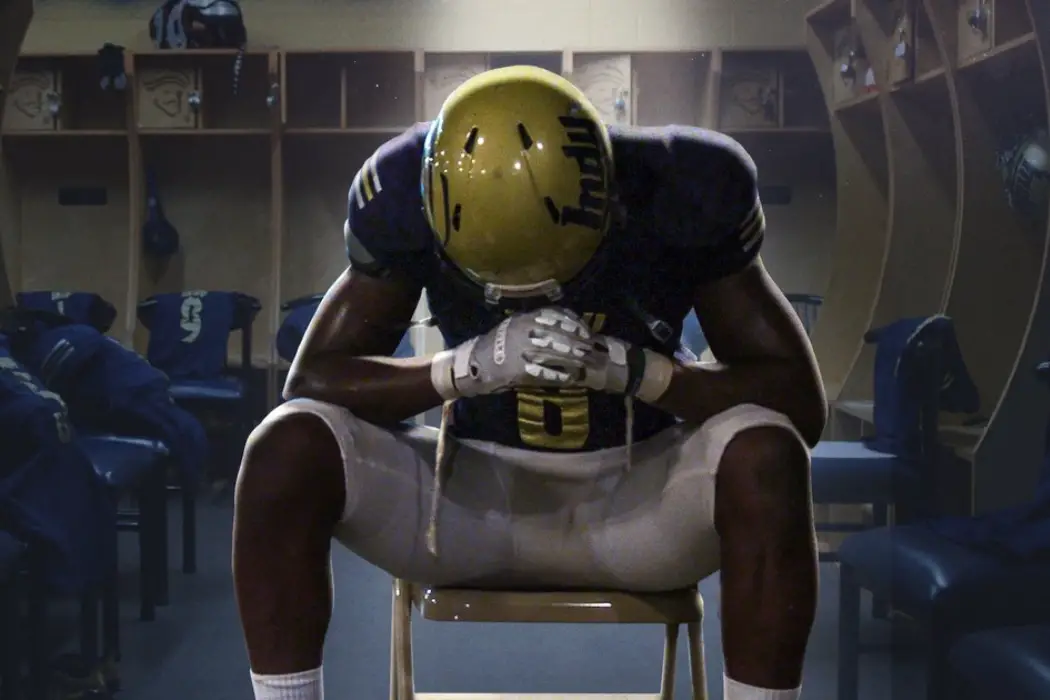
Soham Gadre is a writer/filmmaker in the Washington D.C. area.…
A credit to the creators of Last Chance U has been that they don’t shy away from addressing contemporary and relevant issues about American society. While a lot of this takes form in the context of football and student-athletes, there is no escaping the material realities of where the show takes place. For the last four seasons, it’s been in the heartland, commonly referred to in media and politics as “Trump country”. The clear glaring elephant in the room in Mississippi (seasons 1 & 2) and Kansas (seasons 3 & 4) was that the cameras were on a group of predominantly Black student-athletes in an area filled with confederate flags and a deep history of racism that still permeated under the surface (in some cases, over). Season 5 takes us somewhere unlike any of the locales of the last four seasons: a city. Specifically, Oakland California.
The City as a Character
Oakland is a beautiful city. It’s also one that has gone through a lot of change over the past several years. When I was interning in Berkley, my coworkers and I used to frequent Oakland often. You heard the stories of some rough upbringings in that city, from professional athletes like Marshawn Lynch and Damian Lillard. I heard the condescension from hipster-college-students of Berkley and the rich tech-geeks of San Francisco that Oakland was the “problem child”. There were certain BART station stops I was told not to get off at. The only major part of Oakland that we hung out in was Jack London Square, a tourist trap surrounded by millionaire apartments housing rich white people. There was always talk of Oakland becoming more “developed”, which is just politically-correct code for “gentrified” and “more white”. The history and personality of the old and the new Oakland is where Season 5 of Last Chance U makes its mark and is what makes it the best season of the show since Season 1.
Unlike the insularity of the Scooba, Mississippi and Independence, Kansas, Oakland is at the absolute forefront of the changing cultural and economic tides of America, especially following the tech-boom in Silicon Valley and the increased consciousness for Black lives and worker’s rights. Season 5 is the most humanistic season of Last Chance U. Like an engrossing drama with action set pieces, we are introduced to a city and its residents at the crux of America’s cultural rift, while the football games, wonderfully edited and always exhilarating (win or loss) come as an added cherry-on-top of the sundae. In addition to players, we see interviews from Oakland residents describing the vibe of the city, its rich history, and the plight of its poor and minority residents who are seeing themselves be replaced by high-end tech companies, gentrified overpriced condos that look like Tupperware containers, and hipster chain eateries that specialize in “bowl food”.
It’s not lost on many in Oakland that the success of professional sports teams like the Golden State Warriors played into the success of the city and that once the money starts pouring in, it goes directly to the top, prioritizing business opportunities and privatized ownership rather than educational and social services for the community. One of the show’s less remarkable and more tone-deaf moments comes in its lecturing by a local police officer who delivers several mealy-mouthed speeches on how it’s up to the citizens to keep Oakland safe and help build the community back up. It’s indicative of a very American attitude towards individual responsibility over the responsibility of elected officials who are literally voted into office to enact these changes that never happen. These tired and faded American objectivist idealisms still linger large on the football field as well.
More than Football Players
The football players at Laney College in Oakland all have stories of overcoming odds that coincide with a deeply American belief in work-ethic as a means of escape. Junior College football is a great microcosm for understanding the many varied struggles of student-athletes and young people in general in America today. Dior Walker-Scott left his mom’s house to come to Oakland and play quarterback for Laney Eagles in hopes of, like many Junior College athletes, securing a D-I scholarship. He lives with anger towards his abusive father, and repeats that he doesn’t need ‘handouts’. He also works a late-night shift-job at WingStop and sleeps in his car.
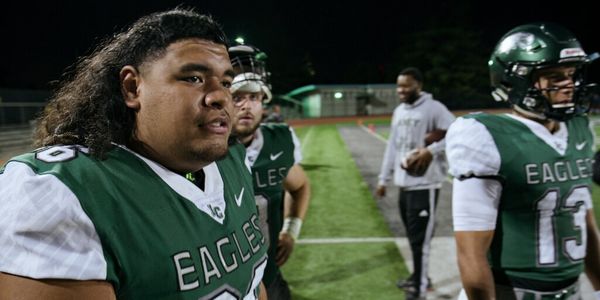
On the football field, there is a constant crisis of collective struggle versus individualistic goal-setting. Each player must lock-in with his teammates and work as a unit, playing his individual role in support of the greater good. Each player, however, is still doing this with bettering their own lives. The wide receivers need to get touches and touchdowns, the quarterback needs to get completions, the running back needs to get his yards-per-carry up, the defensive lineman needs to get sacks – all for the highlight tape that will get them out of here and onto something better. College football for many underprivileged athletes is a microcosm of the “American Dream”. Struggle together, but suffer alone.
The players come from many unique and unexpected backgrounds, like RJ Stern, who is the grandson of a famous, talented, and controversially abusive novelist Marion Zimmer Bradley known for her best-selling book series The Mists of Avalon. Some are playing for something bigger than themselves, like Tongan-American Nu’u Taugavau who is married and has two kids. Regardless of background, this season’s players represent a diversity of cultural experience that is way more indicative of what is going on in modern America among youth. A lot of the players are emotionally and mentally tussling with difficult situations and this season allows them to express and bring that to the forefront of their experience on the field.
Conclusion
Of course, generation gaps are what create a rift in the discourse between the ways sociological topics are discussed and tackled. The coaches are at a crossroads. The head coach, John Beam, a half-white-half-Korean longtime resident of Oakland has seen these changing shifts and attitudes through his illustrious career. He holds the old-school mentality of most coaches, preaching toughness, manliness, undying work-ethic, but is also consciously aware of his need to adapt to new generations and ways of thinking. His wife, Cindi Rivera-Beam is a therapist. In one of the show’s most endearing moments, Beam calls his wife mid-game to have her talk to one of his players through an anxiety attack. It’s the kind of thing unheard of in a sport where the athletes are too often talked about and treated as superhuman, or not human at all.
Football is not a religion in Oakland the way it is in many more rural areas of the country. The change in tone and topics for Season 5 shift appropriately to accommodate the new setting and a new personality of the show. It’s a great credit to creator Greg Whiteley for the creative decisions to change things up after it seemed Last Chance U had fallen into a tired routine, especially in Independence in seasons 3 & 4. While Season 5 is most likely the final season of the show’s football angle, there is news of a basketball-themed spinoff with enough footage to give fans of Last Chance U more of the same sports + culture content in a brand new package. I for one will be looking forward to it with anticipation.
Have you seen Last Chance U? What did you think? We want to know!
Last Chance U Season 5 is currently streaming on Netflix.
Watch Last Chance U
Does content like this matter to you?
Become a Member and support film journalism. Unlock access to all of Film Inquiry`s great articles. Join a community of like-minded readers who are passionate about cinema - get access to our private members Network, give back to independent filmmakers, and more.
Soham Gadre is a writer/filmmaker in the Washington D.C. area. He has written for Hyperallergic, MUBI Notebook, Popula, Vague Visages, and Bustle among others. He also works full-time for an environmental non-profit and is a screener for the Environmental Film Festival. Outside of film, he is a Chicago Bulls fan and frequenter of gastropubs.


